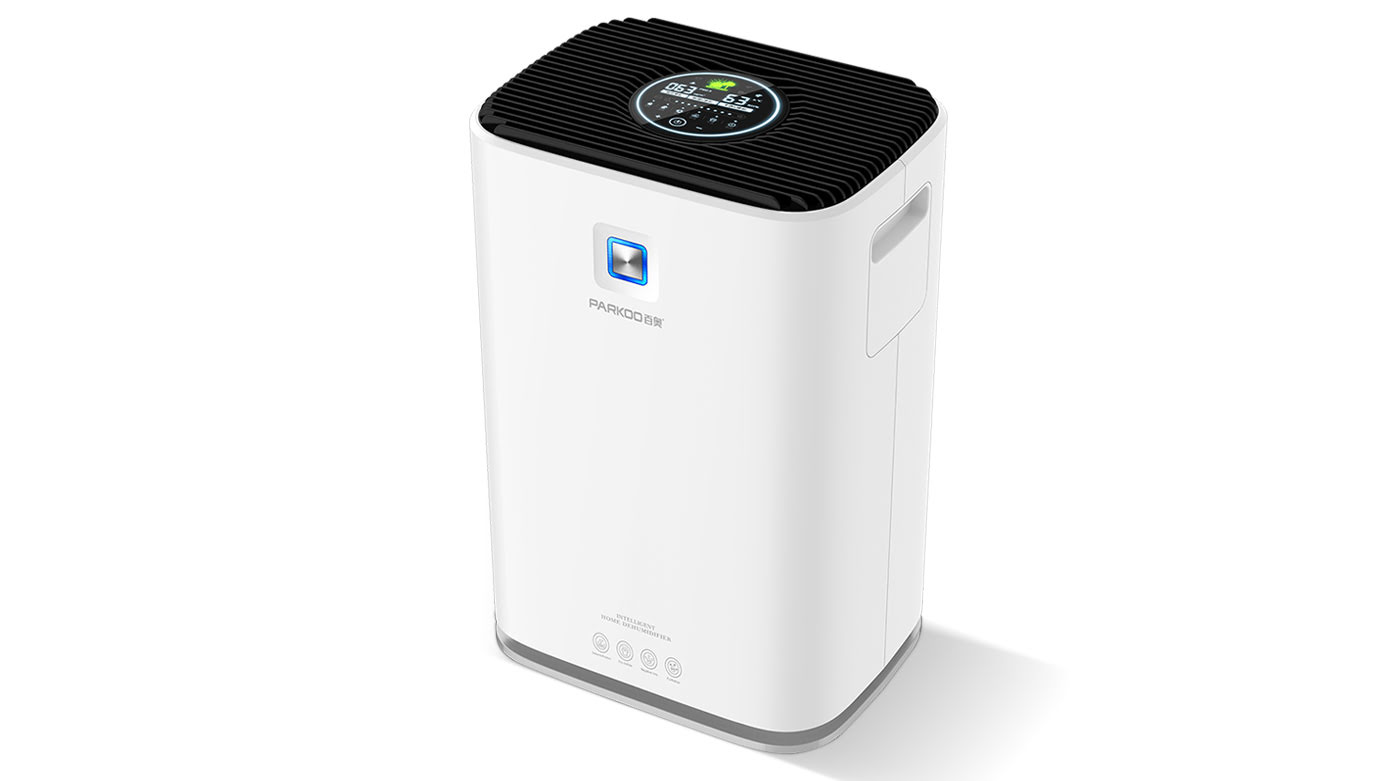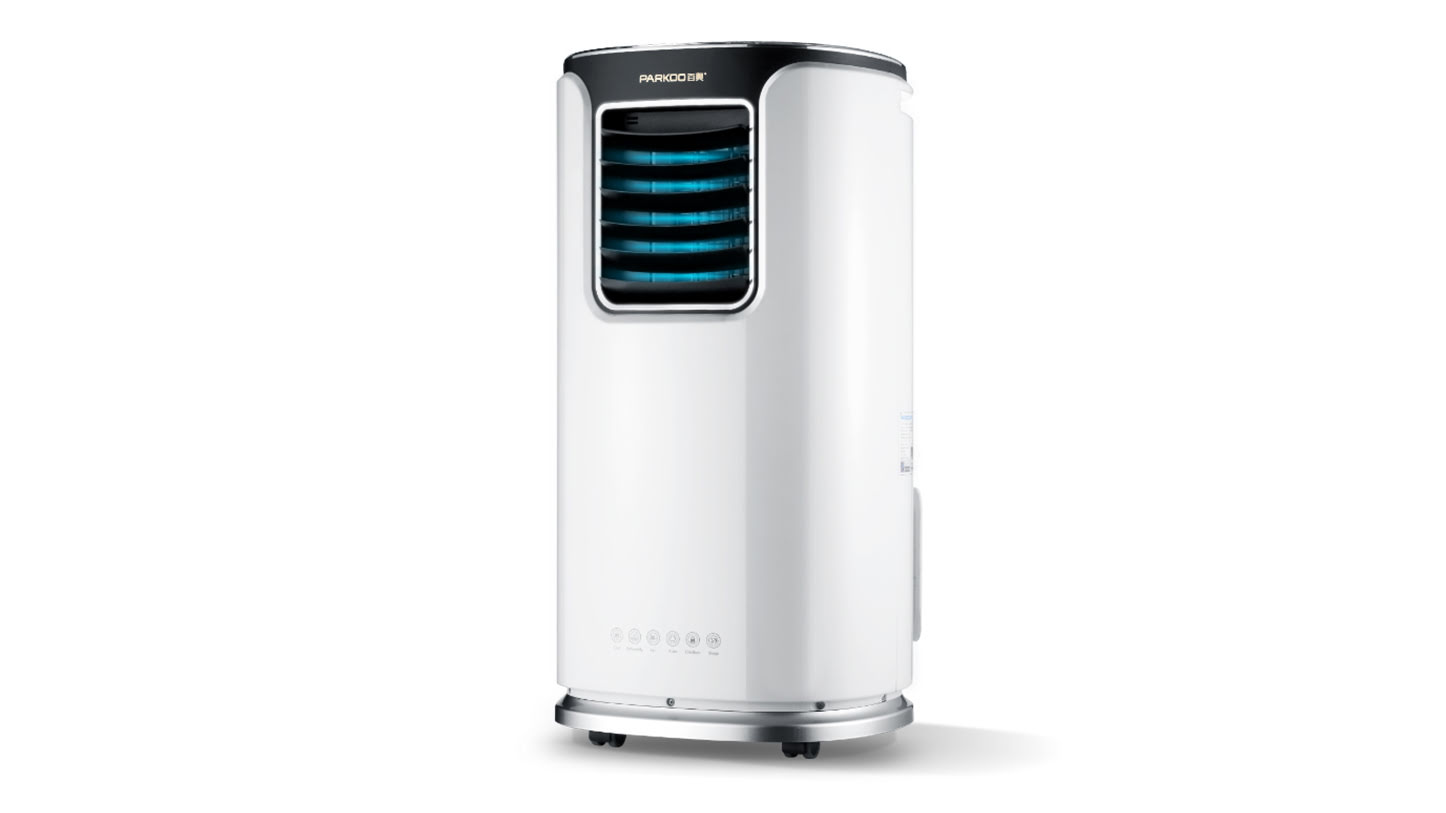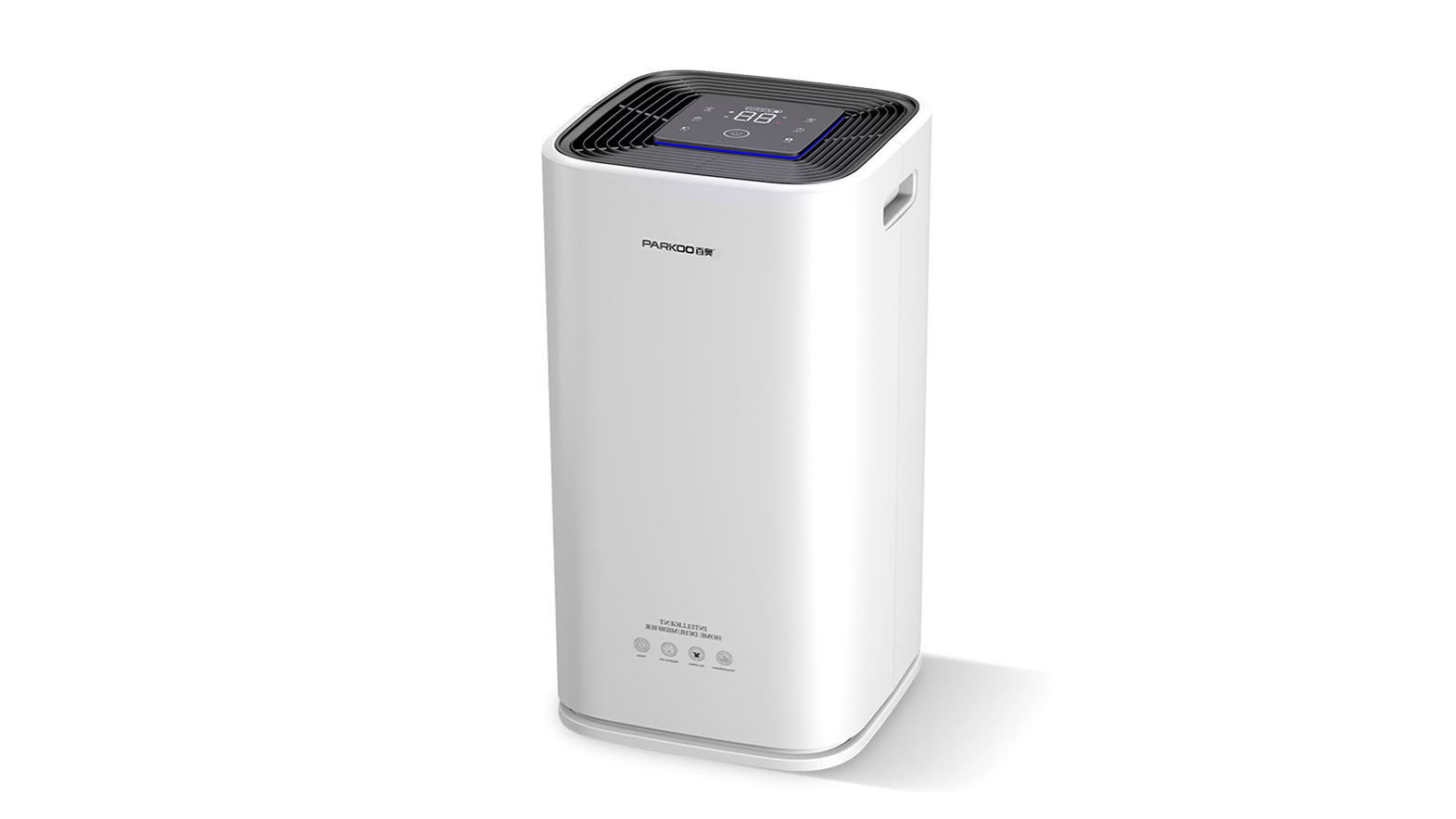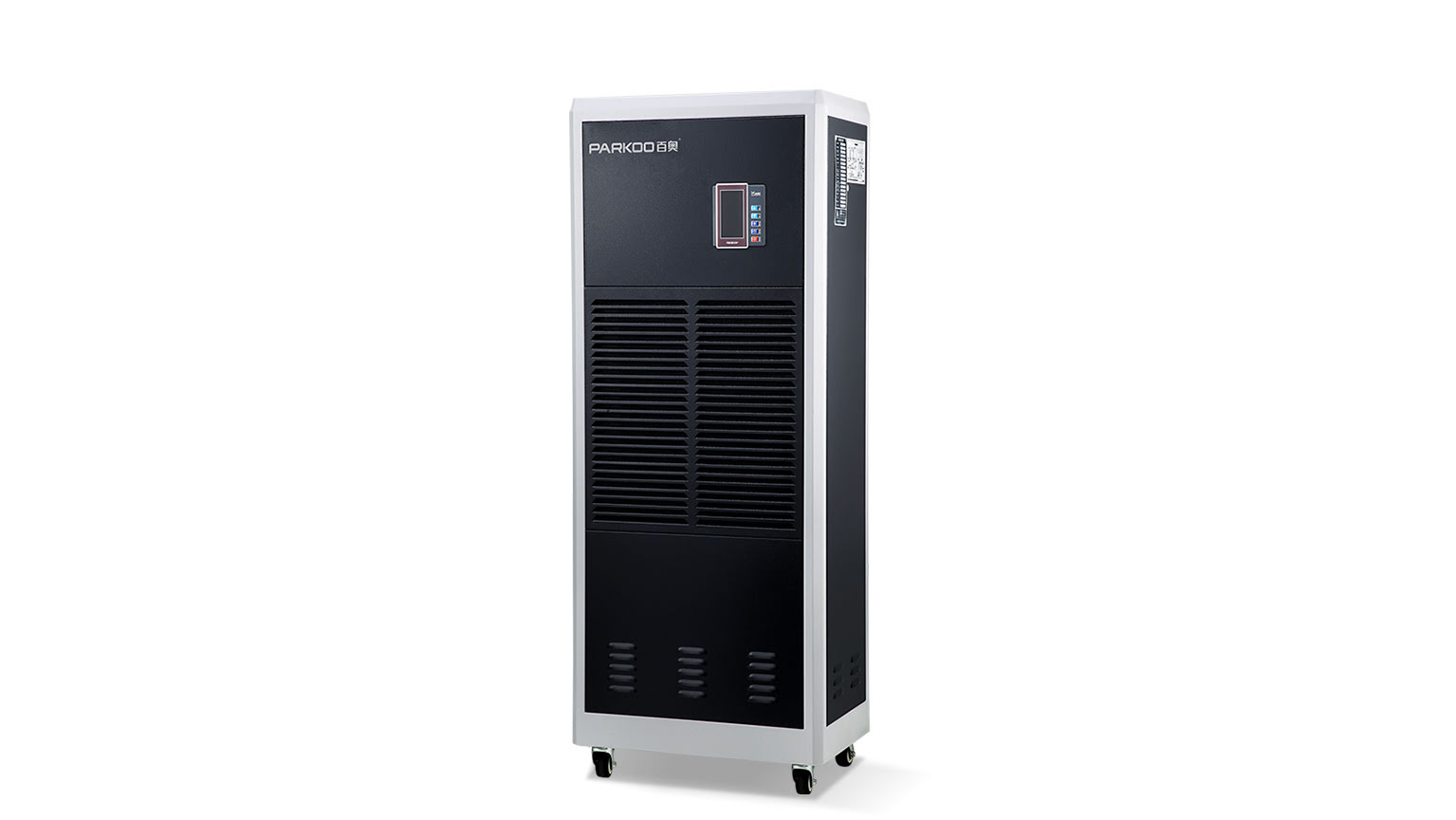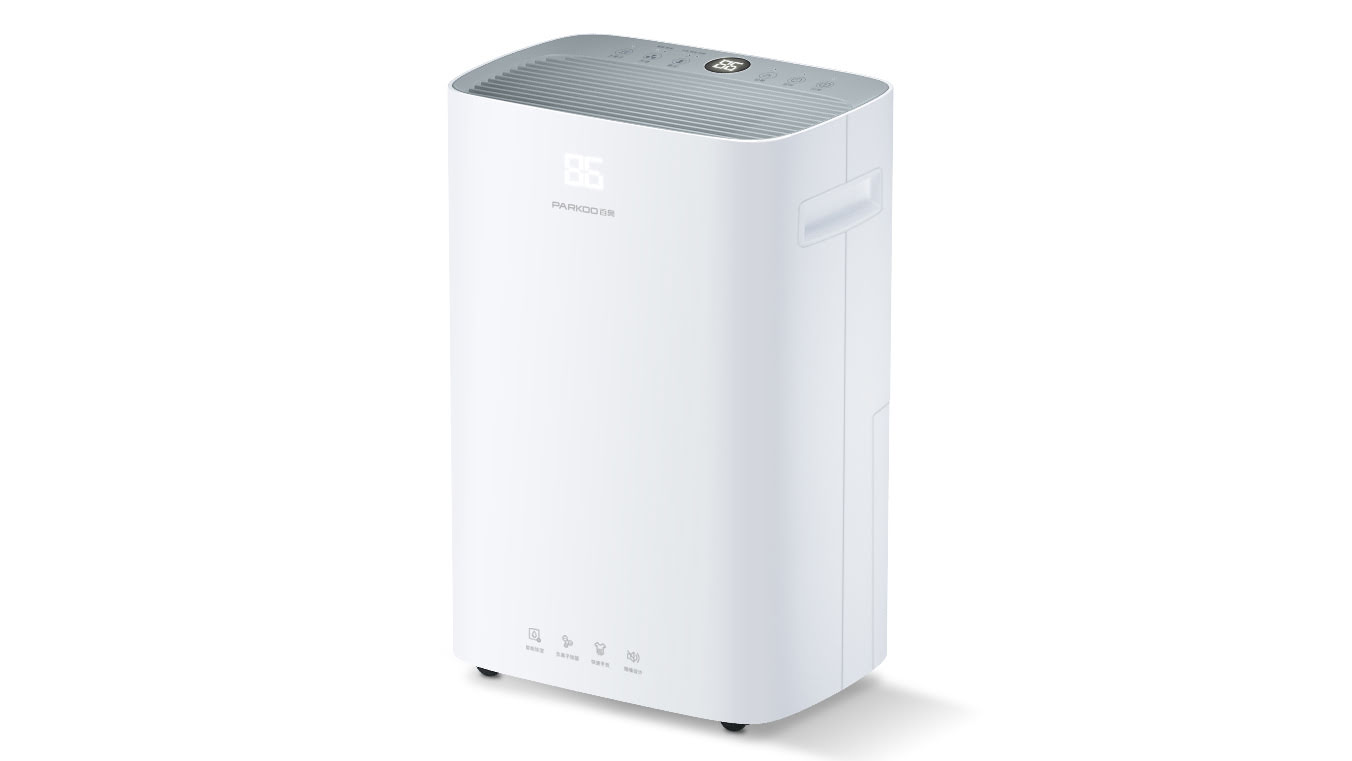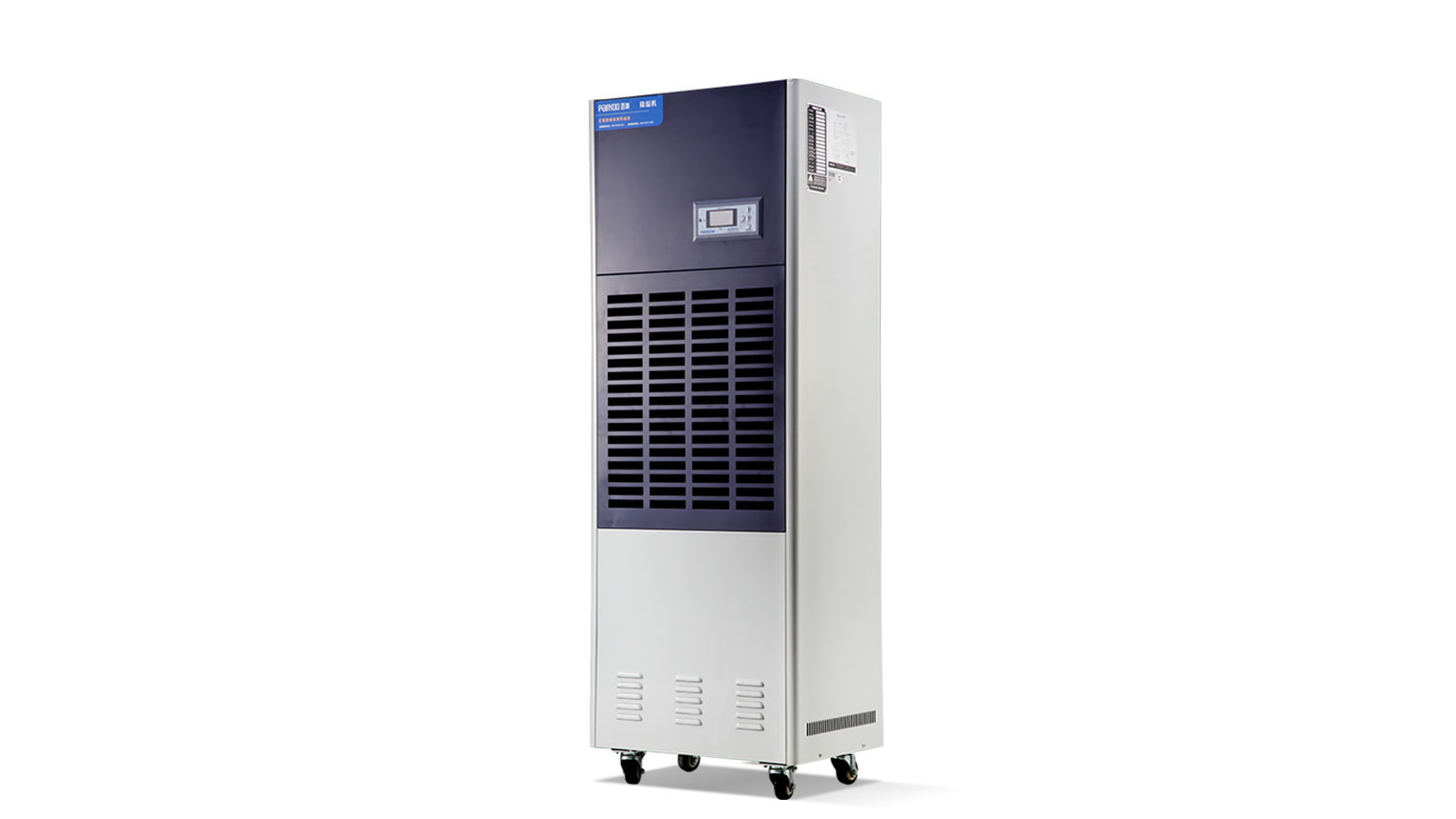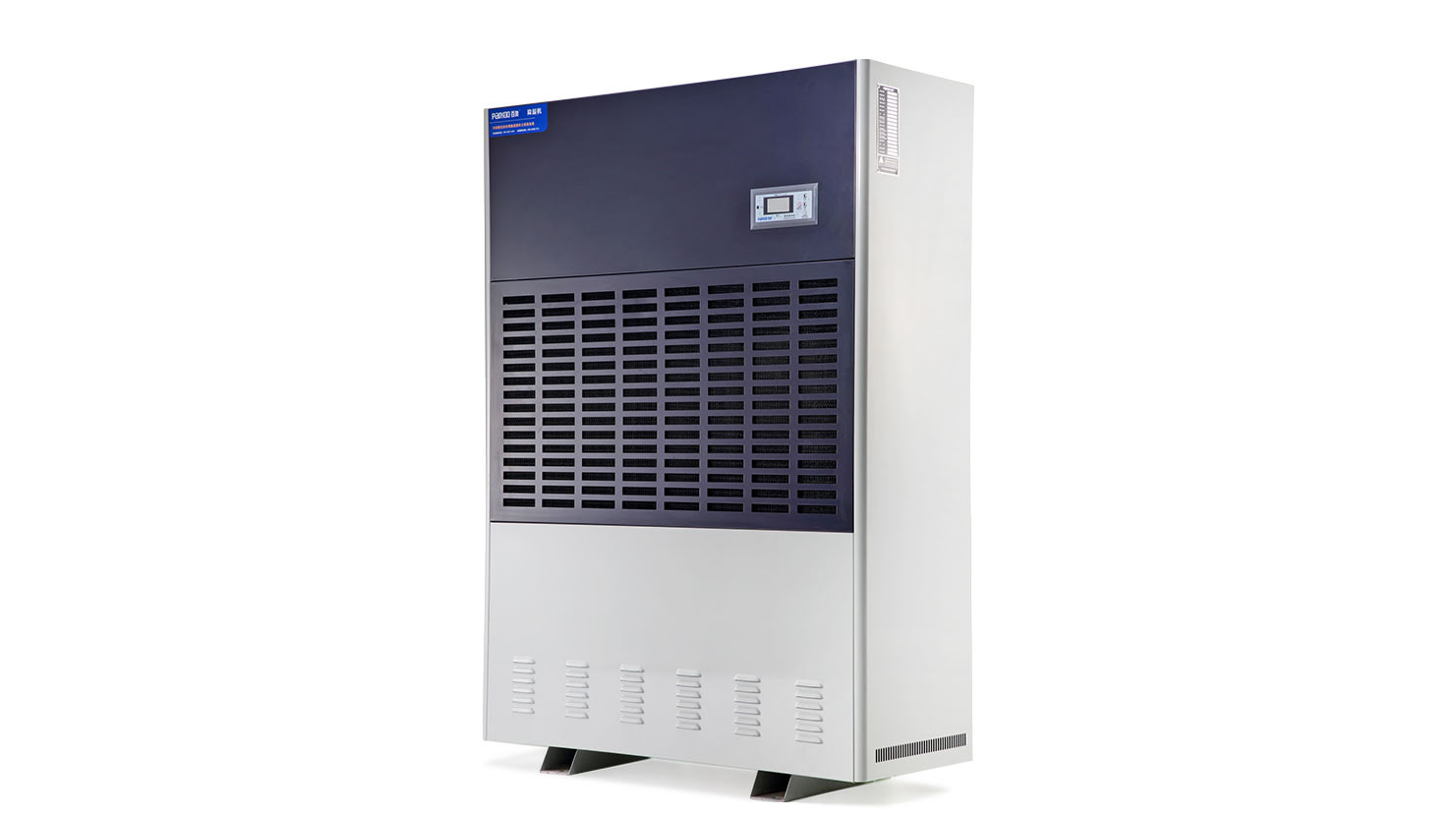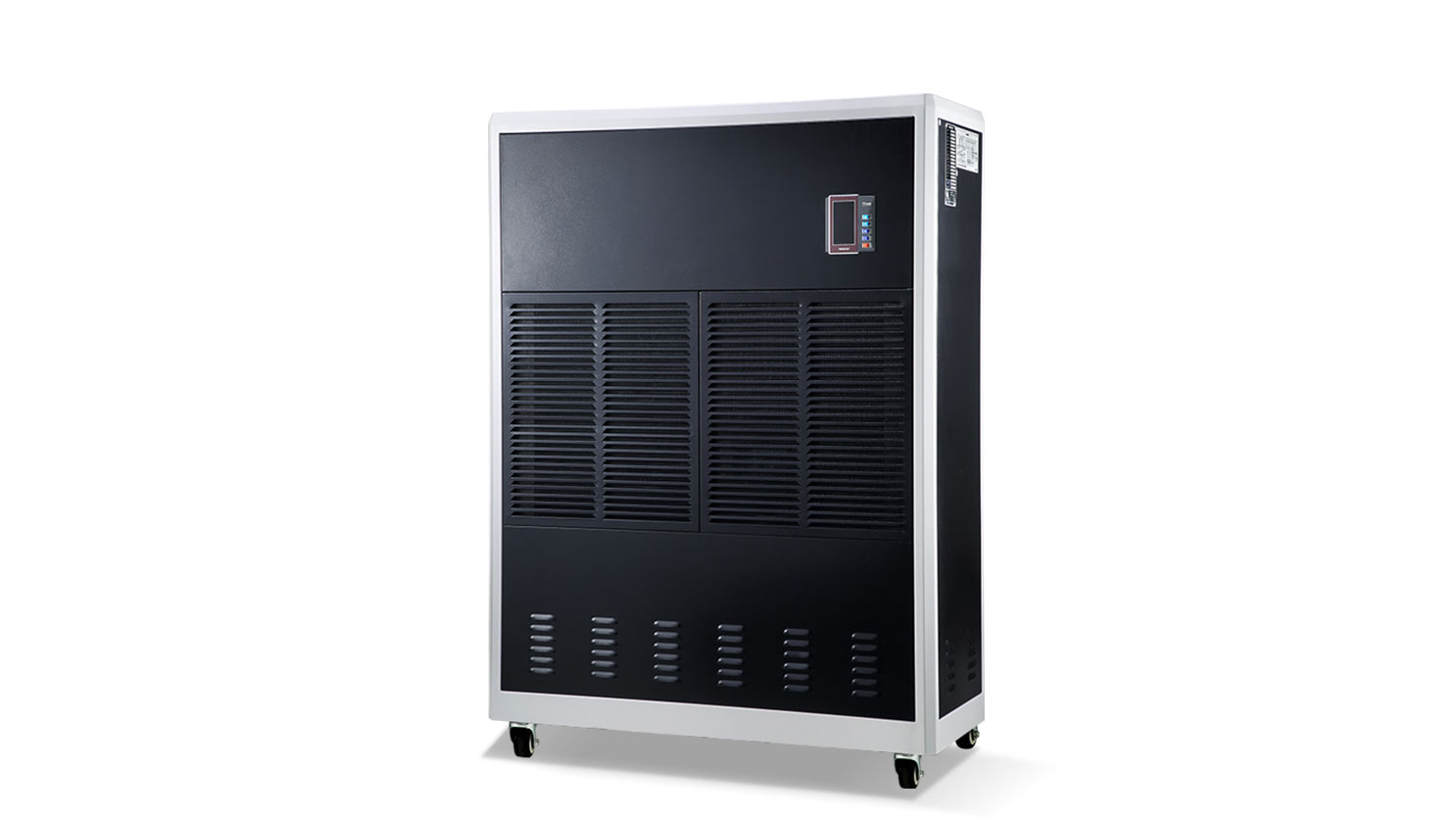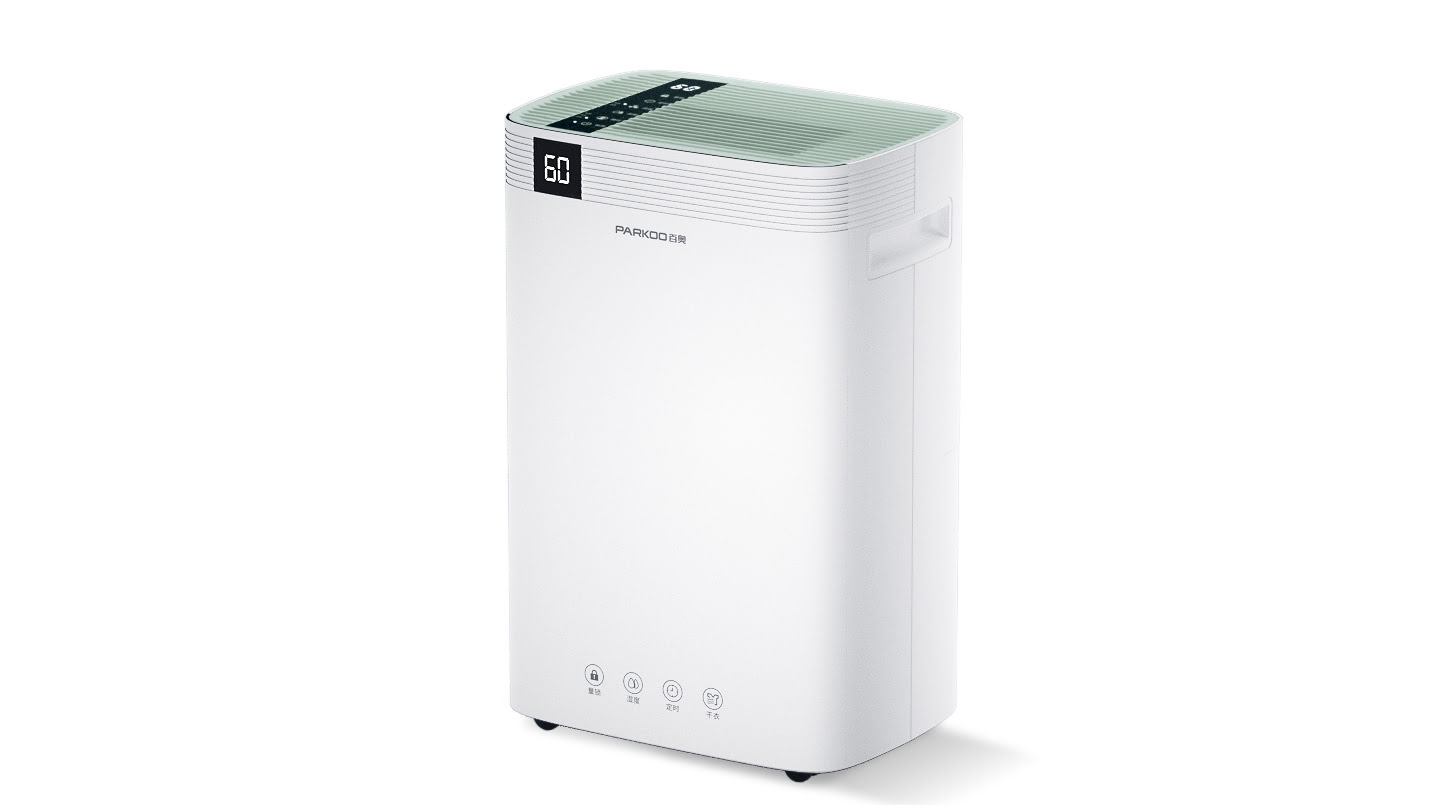The DehuMidifier is becoming more and more popular, and has entered many daily Families, providing us with a comfortable home Environment, while also protecting family Health (such as allergies, pharyngitis) and Avoiding property losses (such as mildew)! How should we install the Dehumidifier after we Purchase it
here are 7 points for attention in the installation of household Dehumidifier:
1. Read the user manual. Carefully read the user manual of the entire machine to familiarize yourself with specific operating instructions. Please place the manual in an easy reference location
2. Use a Hygrometer to measure your humidity. The Hygrometer is an instrument that can measure the humidity in the air. The Ideal relative humidity (RH) level is approximately 45-50% RH. Beyond this level, mold Growth may begin, and a relative humidity below 30% may Cause structural damage to the house, such as cracked ceilings, separation of wooden floors, and other issues
3. Plug the Dehumidifier into the grounding socket. InseRT the machine into a Three pole grounded polarized socket. Do not use extension cords. If you do not have a suitable plug, please hire an Electrician to install a grounded socket remove the dehumidifier by unplugging the wires from the plug. Do not pull it out on the power cord Do not bend or squeeze the power cord
4. Open the dehumidifier and adjust the settings. According to the model of Dehumidifier, you can adjust the relative humidity (RH) level, measure the reading of Hygrometer, etc. Run the Dehumidifier until the desired relative humidity level is reached
5. Let the Dehumidifier run for Several cycles. The first time you use the Dehumidifier will be the most effective. You will drain most of the excess water in the first few hours, Days, or even weeks. However, after the first round, you will only Maintain an Appropriate humidity level, rather than attempting to significantly reduce humidity
when inserting, you can set the humidity required by the Dehumidifier
6. Close the doors and windows of the room. The larger the space, the harder it is for the Dehumidifier to work. If the Dehumidifier in a room is turned off, it can only be used to remove water in the room If you are Dehumidifying the bathroom, please Consider where more Moisture may Come from. Keep the toilet lid down so that your dehumidifier does not absorb water from the toilet
7. frequently empty the water tank tray. Depending on the relative humidity of the room in which it Operates, household deHumidification generates a large amount of water. If you have not used a hose to drain water into the sink, you Need to regularly empty the water tank. When the Paper tray is full, the machine should automatically shut down to Prevent overflow Unplug your machine before pouring water If it is particularly humid, please monitor the water storage tray every few hours Check the manufacturer's instructions of the machine to determine the approximate frequency of dumping the pallet
